Useful Resources for Adults who work with Young People
If you are a woman, the person most likely to kill you is your boyfriend, your partner, your husband.
The Safer Recruitment Consortium have updated the Guidance for Safer Working Practices.
Online Nation is a new annual report that looks at what people are doing online, how they are served by online content providers and platforms, and their attitudes to and experiences of using the internet. It brings the relevant research into a single place and aims to act as a data- and insight driven resource for stakeholders at a time of significant evolution in the online landscape.
With the support of local councils and fostering agencies, it is important that foster carers feel confident in dealing with the risks children face both offline and online.
Rules and boundaries you set offline can apply online. Take time to learn about the risks all children and young people face online, including access to inappropriate content and contact from people they don't know, so you can support the children in your care.
Writing a photography policy statement
Schools, clubs and organisations should have a written photography policy statement that sets out your overall approach to images taken of children and young people during events and activities.
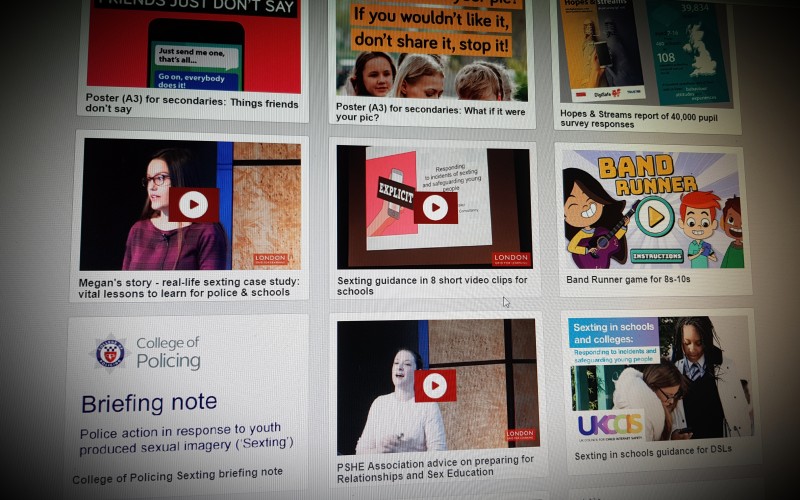
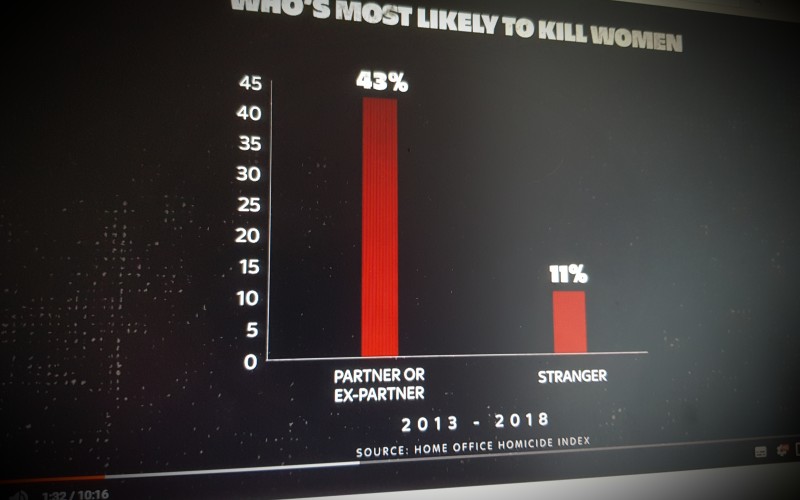
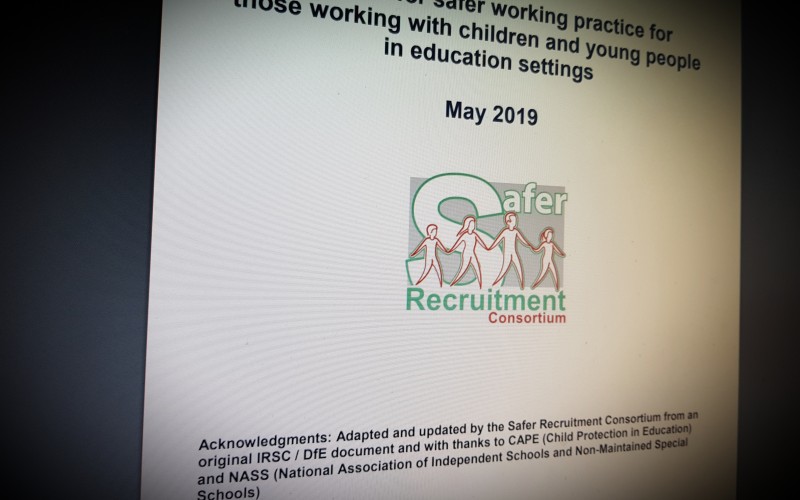
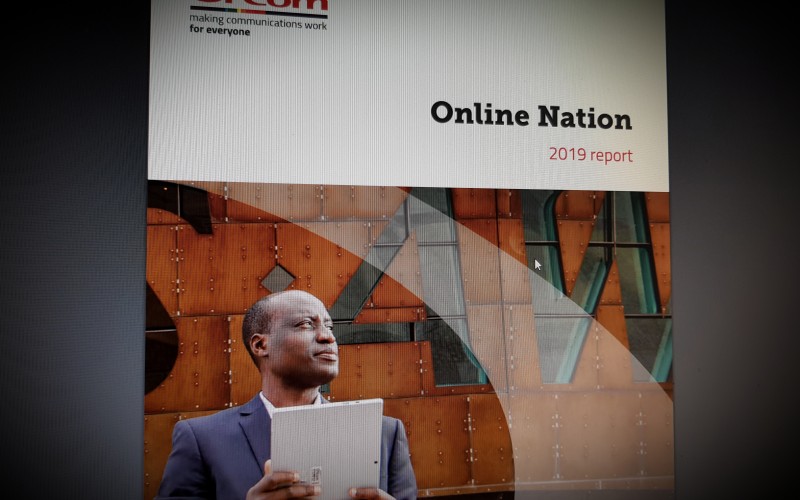
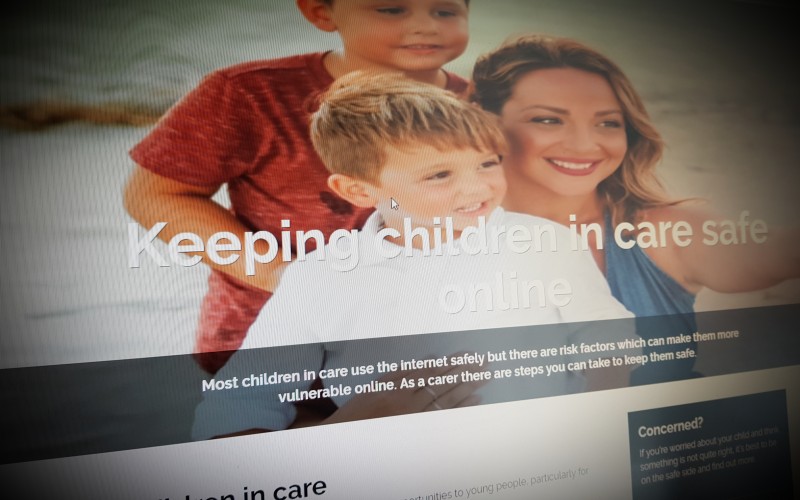
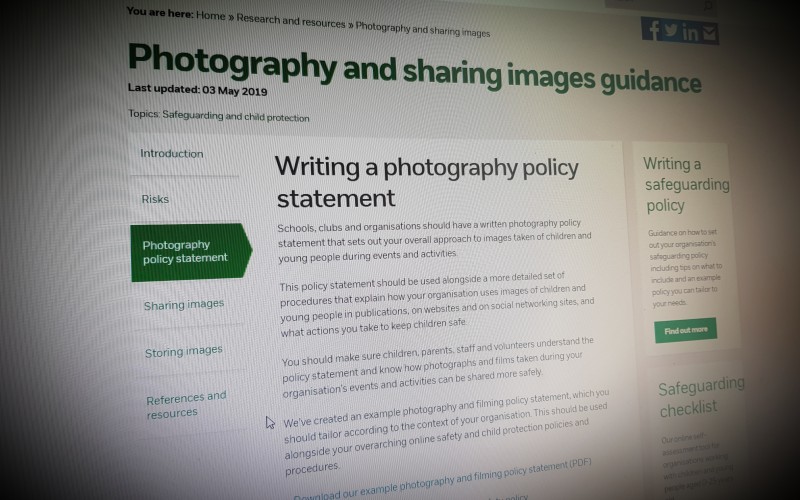
Comments
make a comment